Louis Vuitton
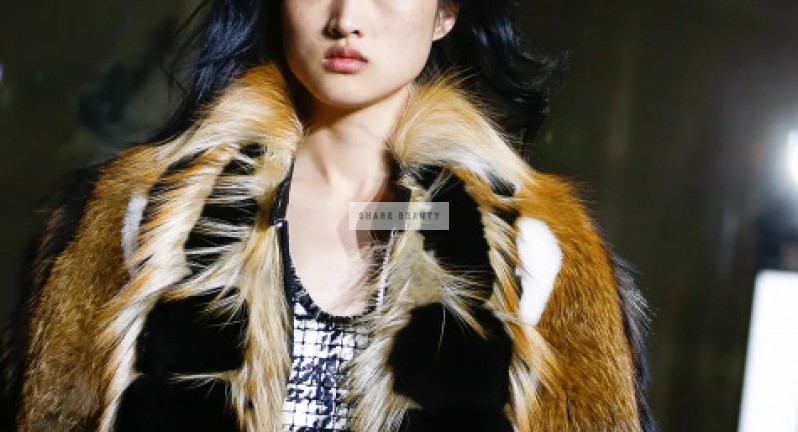
Since its founding in Paris in 1854, Louis Vuitton has catered to—among the general throng of well-heeled everywomen—empresses, explorers, and magazine editors. What was once a tony little Parisian luggage shop is now the multifaceted jewel in the crown that sits atop the head of Bernard Arnault, CEO of the fashion conglomerate LVMH, who, in 2003, likened the revenue-generating house to a “luxury Microsoft.” For well more than a century, Louis Vuitton was best known for canvas-covered travel cases. The company’s operating system was substantially updated in 1997 when Marc Jacobs, the downtown New York designer best known at the time for elevating the grunge look, was hired as creative director. Before long, the brand was not only moving with the times, it was shaping them. “At Vuitton we’re working on this luggage icon, one with no archive of clothes,” he said in 2000. “It’s fun to keep bringing something fresh, and the way to do that is by bringing in fresh people.” Among the creative collaborations spearheaded by Jacobs that kept things constantly moving forward were those with 1980s It designer Stephen Sprouse and artists Richard Prince and Takashi Murakami. In October 2013, during Paris Fashion Week, the house announced the departure of Jacobs; the Spring 2014 runway presentation was his swan song. Critics sent up a wail of lament: It was, everyone seemed to agree, the end of a transformative era. Just a few weeks later, though, the tears changed to cheers when it was confirmed that French wunderkind Nicolas Ghesquière would lead the mighty fashion superpower into a new era. The new alliance was formidable. Ghesquière’s retro-futuristic manifesto at Balenciaga had earned him a reputation as not just a highly original thinker but one of his generation’s brightest lights. “Louis Vuitton has always incarnated for me the symbol of ultimate luxury, innovation, and exploration,” he said upon his appointment. “We share common values and a vision.”
At Louis Vuitton tonight, the person on my right saw superheroines. The one on my left saw the Amazons of Greek mythology, female warriors who matched men in strength and agility. Nicolas Ghesquière himself used the word goddesses.
Has he ever been as audacious? If so, it’s been recently, in his two post-pandemic Paris shows. Together with today’s in Southern California, they form a sort of trilogy, starting in the 19th century, making a pitstop in the ’90s of his own post-adolescence, and zooming off into a utopian future. At all three Ghesquière has set out to break down dress codes and build up complex silhouettes we haven’t seen before. At a preview he said, “I think we’ve all been going through a lot these last couple of years. I think we are in a moment when there are a lot of possibilities. So I guess I’m taking my part in that. I feel very free.”
Ghesquière has made a tradition of staging his cruise shows at architectural marvels: John Lautner’s Bob Hope House in Palm Springs, Oscar Niemeyer’s Niteroi Museum in Rio de Janeiro, I. M. Pei’s Miho Museum outside Kyoto, and now the Louis Kahn-designed Salk Institute in La Jolla. Kahn’s masterpiece, the Salk’s monumentality is matched by its humanity. But Ghesquière was as switched on by its setting as by its Brutalist concrete. “The guest of honor for the show is the sun,” he said poetically. “The elements are invited.”
This was a collection about playing with those elements. He chose metallic fabrics and embellishments that reflected the setting sun, some as glassy as mirrors, and other materials that offered protection from it, wrapping long swathes of linen, for example, around the head and across the body. Other pieces lifted design details from water sports; the airbrushed colors of half tops and boxy short skirts apparently came from jet skis. Ghesquière is a designer whose collections are minutely pored over and studied, and some of these gestures looked like callbacks to earlier seasons, only amplified, maximal where he used to be minimal and streamlined.
The show began and ended with a bang. The opening dresses, one more voluminous than the next, were cut from robust jacquards (he compared them to molten lava) that looked like they really could’ve repelled enemy fire. The effect was almost stately, but for the soft-soled sneakers they padded out on. At the finish came a trio of jackets with enormous sculpted collars as shiny as armor perched above tinsel sleeves. These were extraordinary: imaginative and otherworldy. Ghesquière was firing on all creative cylinders here, creating a positive feedback loop. You left wanting to be one of his Amazon superheroine goddesses.
 To see more our products : https://id2011890343sv.hutechstudents.com/full-set
To see more our products : https://id2011890343sv.hutechstudents.com/full-set

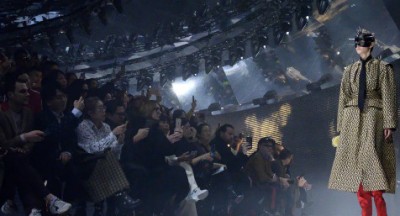

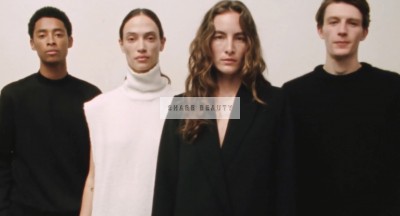

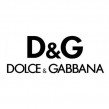
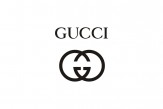
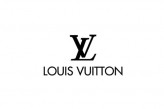
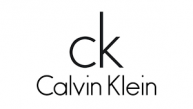
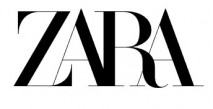
Ý kiến bạn đọc